The Grand Curtius: a treasure trove recognised by the Wallonia -Brussels Federation
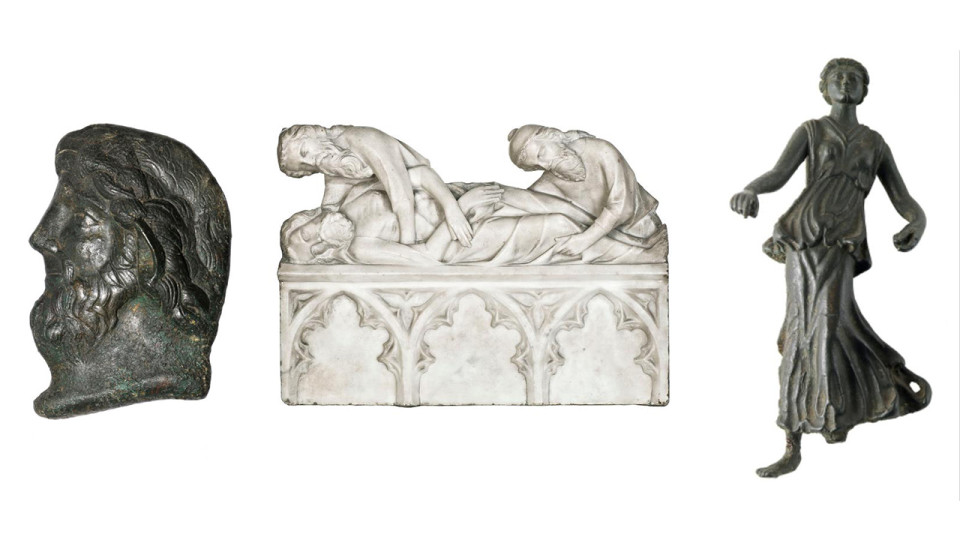
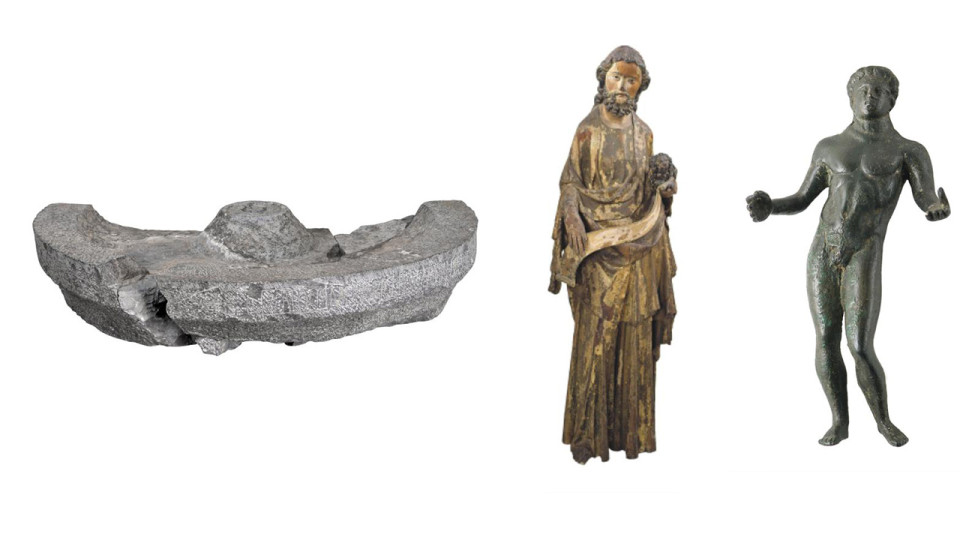
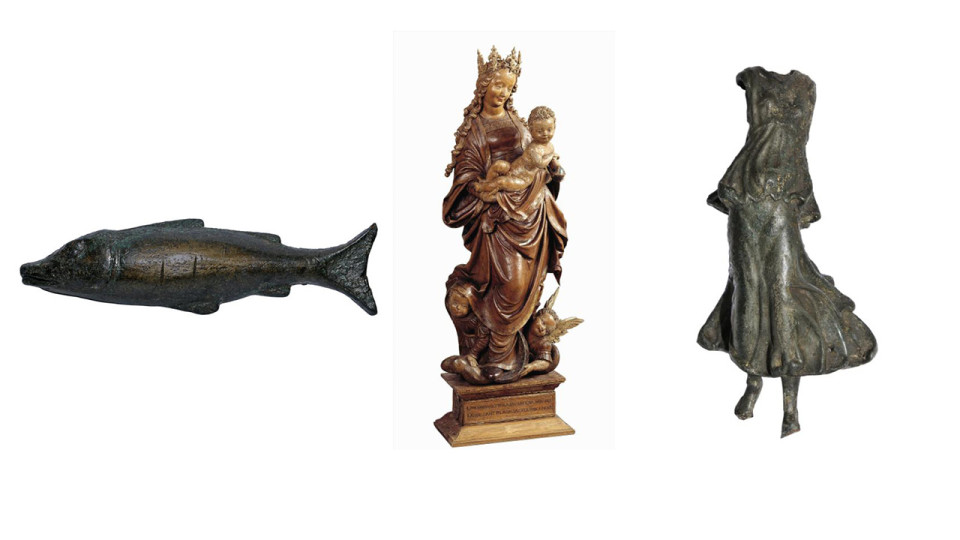
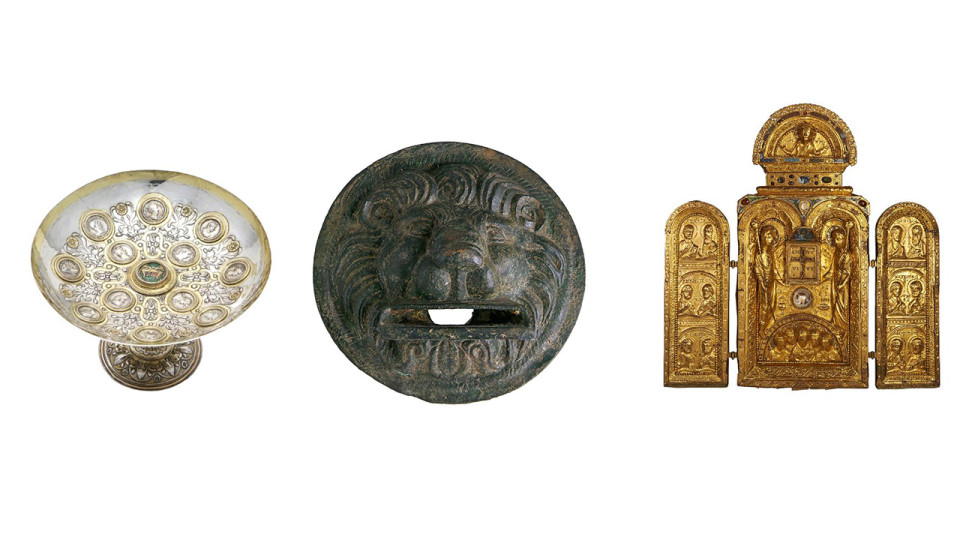

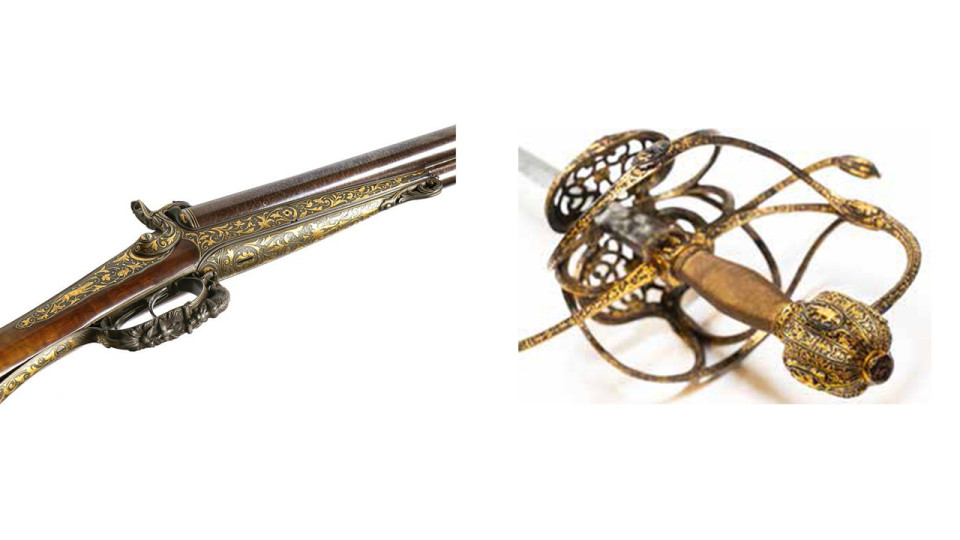
The Grand Curtius: a treasure trove recognised by the Wallonia -Brussels Federation
The Grand Curtius plays host to a number works of considerable heritage value, some of which have been officially classified as Treasures of the Wallonia-Brussels Federation. This status serves to distinguish cultural objects that are especially significant due to their historical, artistic or scientific interest.
From the three-volume Bible of Val-des-Écoliers de Léau, a masterpiece of 13th-century Mosan art listed in 2017 (provided by the Library of the Grand Seminary of Liège and on display in the religious art and Mosan art section), to the Baroque sculptures of Jean Del Cour, including decorative arts, religious heritage and archaeology collections, each listed item pays witness to artistic genius and know-how in Liège through the ages.
These treasures benefit from strict protection:
- It is impossible to move, restore or sell them without authorisation.
- Their state of conservation is carefully monitored.
- Their location and heritage integrity are respected.
- Their preservation is supported via dedicated subsidies.
These measures ensure that they are durably passed on to future generations, in a way that respects and promotes this heritage.
Immerse yourself in history, admire exceptional items and be inspired by objects whose beauty enjoys the utmost recognition.
Th Grand Curtius is not just a museum: it acts as a guardian of Wallonia’s collective memory and its masterpieces.
To find out more about the museum’s collections, visit: https://www.grandcurtius.be/en/museums-collections
Captions for visuals (Composition made up of the museum’s works, from left to right). Copyright: City of Liège - Grand Curtius
Visual 1
- Tête d'une divinité des vents (profil gauche), Époque gallo-romaine, Fonte - Incisions sur la chevelure, les moustaches et la barbe, n° inv. GC.ARC.01e.1884.47477
- Mise au tombeau, Vers 1340, Fragment d'un retable de la Passion en marbre blanc, n°inv. GC.REL.02a.1978.34048
- Jeune femme, Époque gallo-romaine, Fonte creuse, n° inv. GC.ARC.01e.1884.47478
Visual 2
- Bassin lustral, Époque gallo-romaine, Pierre Taillé, sculpté, gravé, n° inv.GC.ARC.01a.2008.000307
- Saint Marc, Entre 1300 et 1325, Chêne (sculpté , Polychromé , Doré ), n° inv. GC.REL.02b.1910.30477
- Jeune-Homme porte-balance (septième signe du zodiaque), Époque gallo-romaine, Fonte creuse, n° inv. GC.ARC.01e.1884.47479
Visual 3
- Poisson (douzième signe du zodiaque), Époque gallo-romaine, Fonte creuse, n° inv. GC.ARC.01e.1884.46633
- Vierge à l’Enfant dite “Vierge de Bersélius”, Entre 1530 et 1535, Tilleul (sculpté , Polychromé ), n°inv GC.REL.02b.1978.34006
- Jeune femme, Époque gallo-romaine, Fonte creuse, n°inv GC.ARC.01e.1884.47485
Visual 4
- Coupe Oranus, 1564, Argent et or, n°inv GC.ADC.10a.1962.000433
- Orifice de fontaine, Époque gallo-romaine, Fonte décor incisé, n°inv GC.ARC.01e.1884.47474
- Triptyque-reliquaire de la Sainte Croix, Entre 1160 et 1170, Bois, n°inv GC.REL.10a.1981.34002
Visual 5
- (détail) Bible de Léau - Parchemin peint de style Mosan de 1248 - Dépôt de la Bibliothèque du Grand Séminaire de Liège, n°inv GC.REL.25c.1981.018547
Visual 6
Fusil liégeois de l'Exposition universelle de Paris de 1867 et la rapière de Rubens propriété de la Fondation Roi Baudouin
Museum of Liège